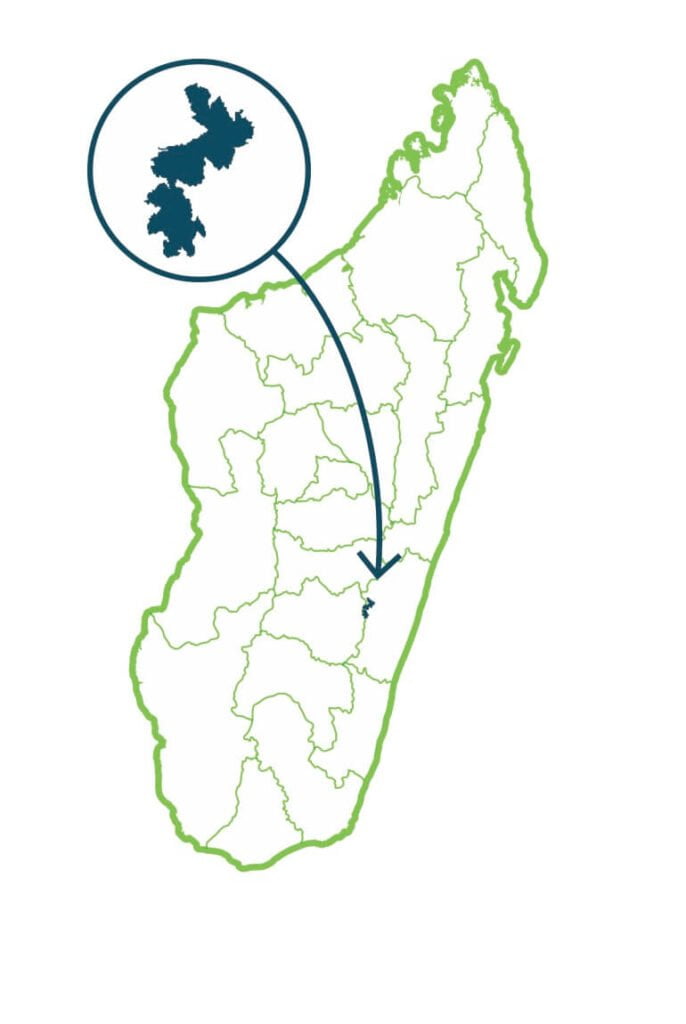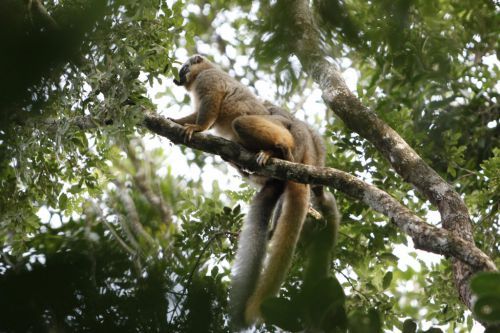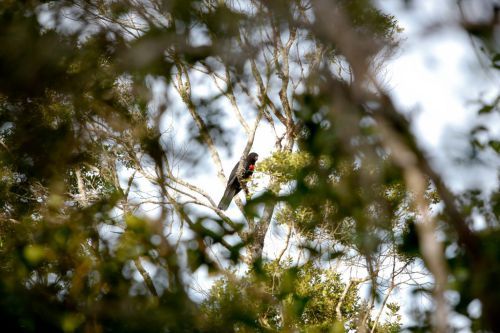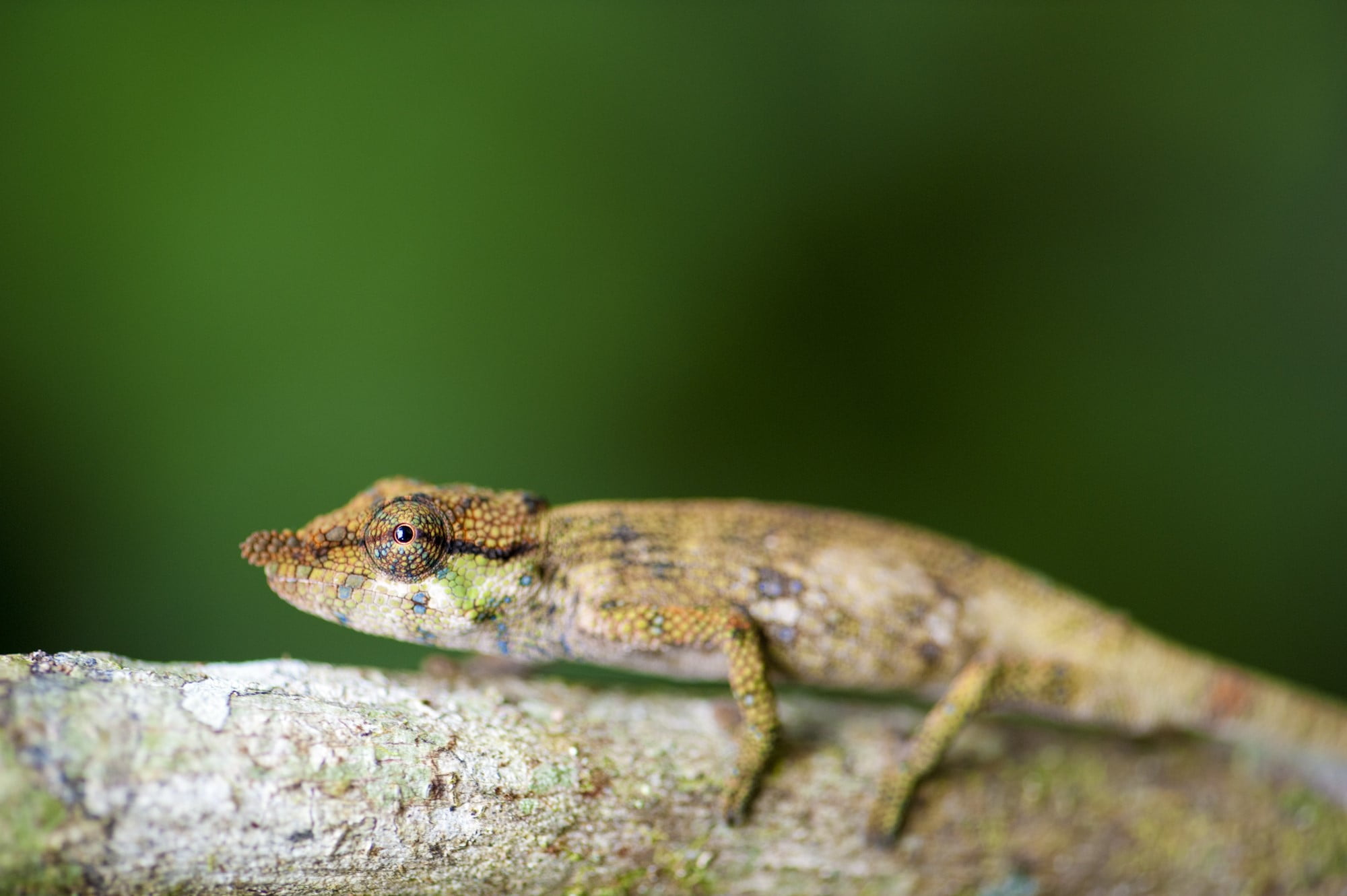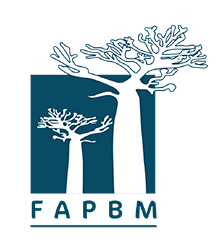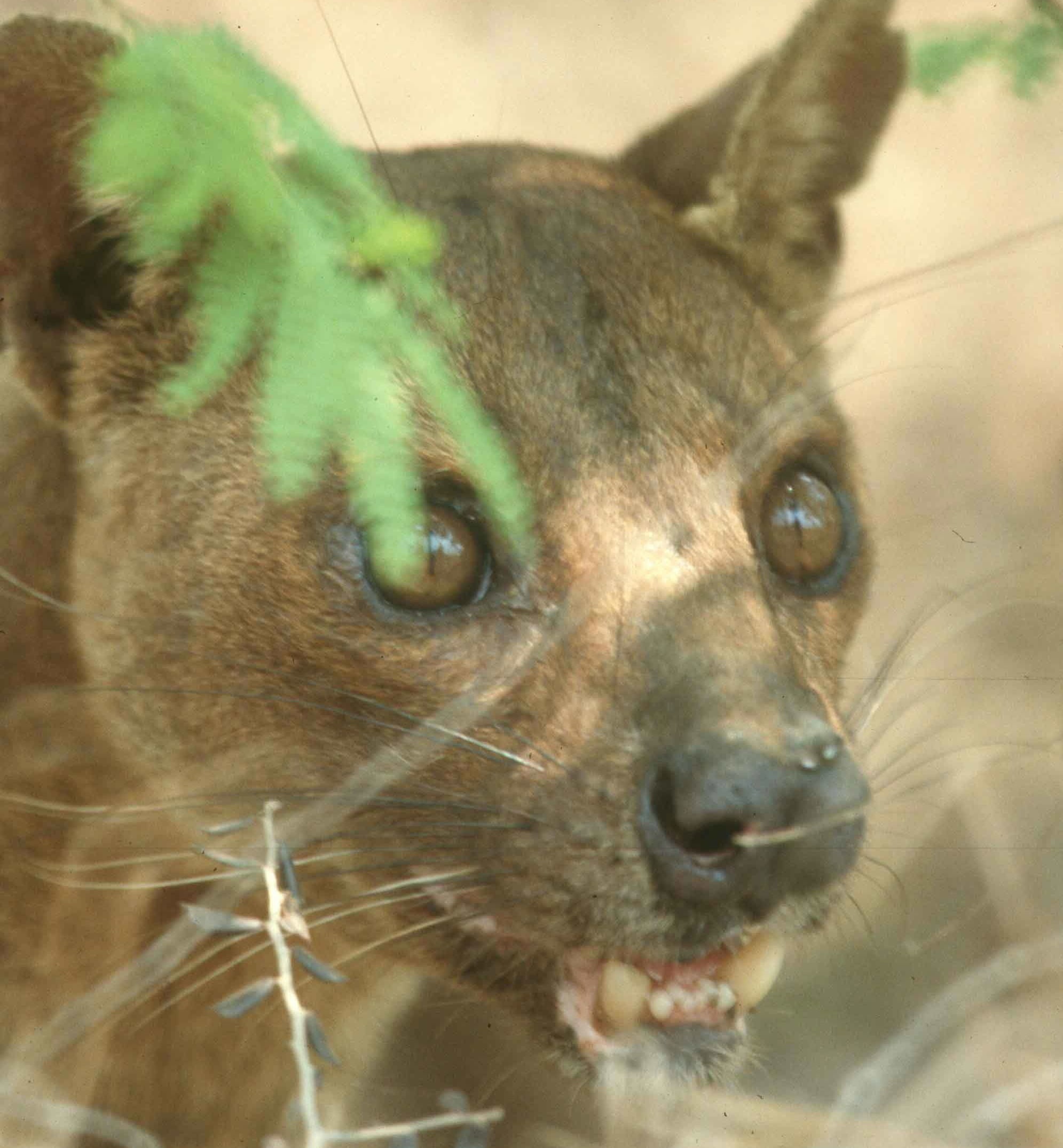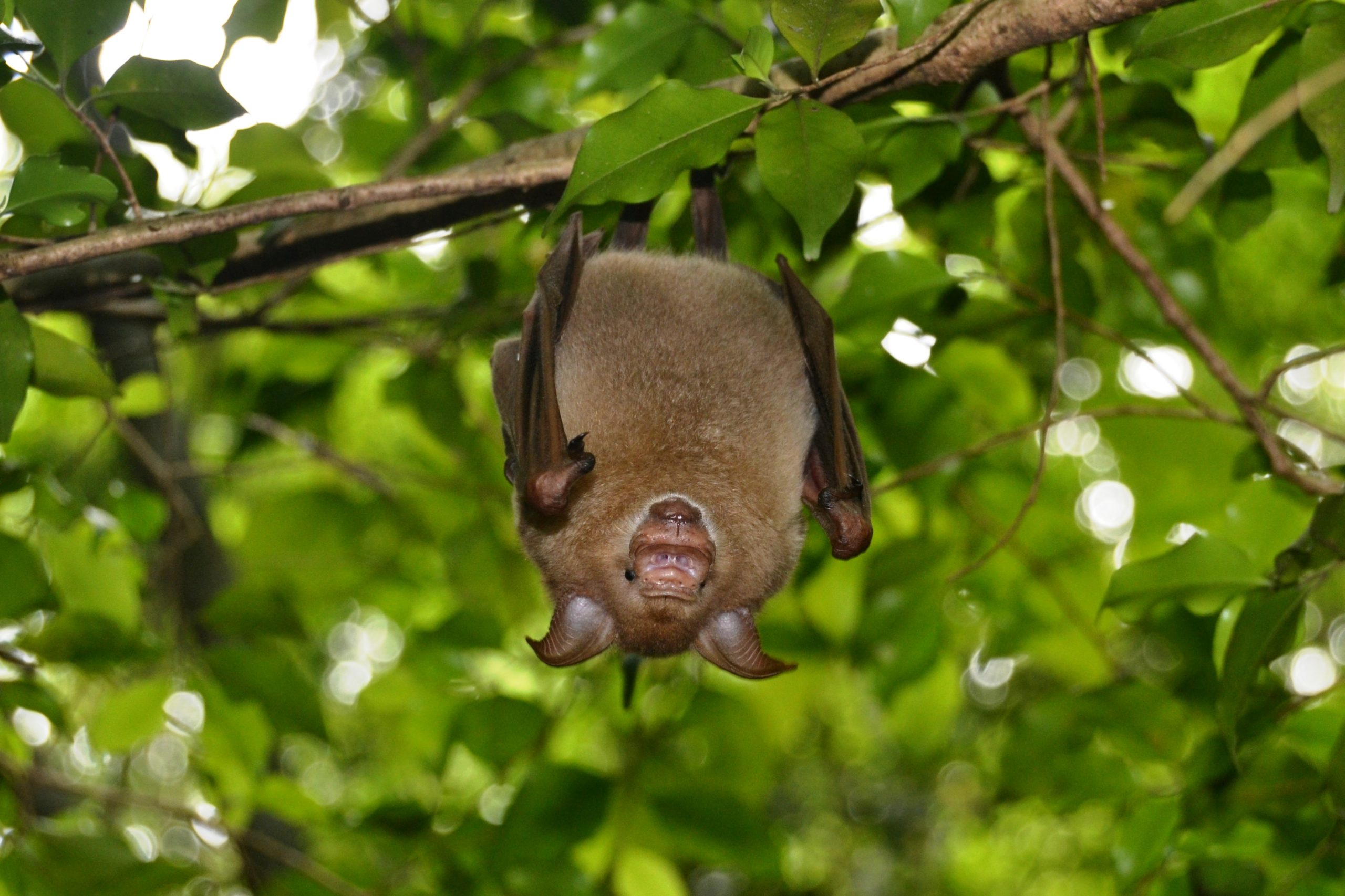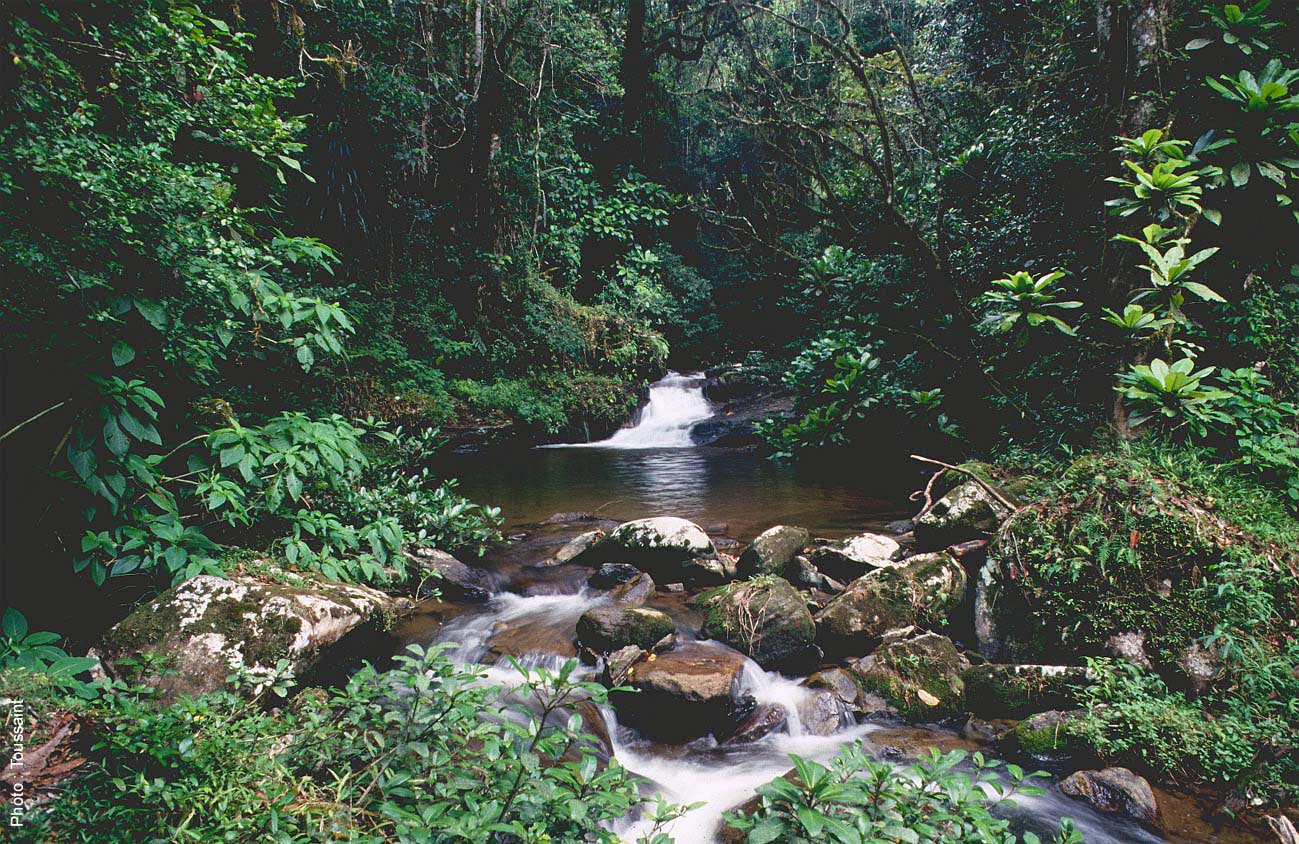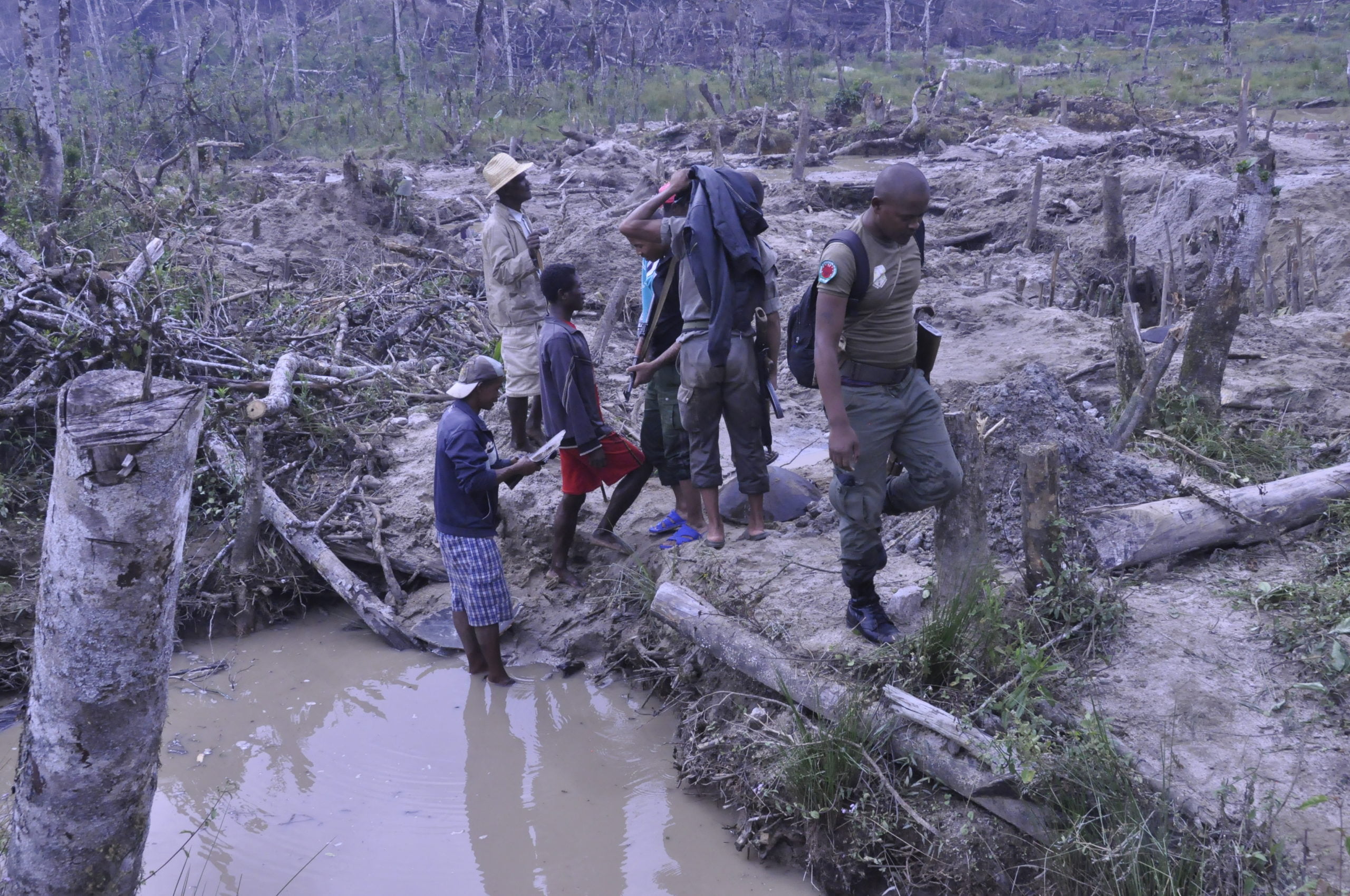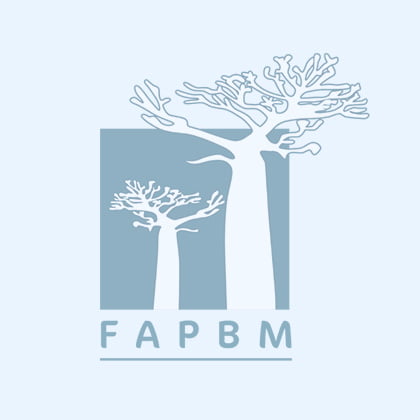Flagship Species
Ranomafana National Park is part of the Atsinanana Rainforests serial World Heritage Site. It is covered with natural vegetation of low and middle altitude dense rainforest, bamboo forest, and swampy areas. There is a forest corridor between Ranomafana National Park and Andringitra National Park.
Research on lemurs is continuing there thanks to the ValBio Center, a research center dedicated to primates and their natural habitats. Flora is made up of many species of woody plants and over 80 species of orchids.
